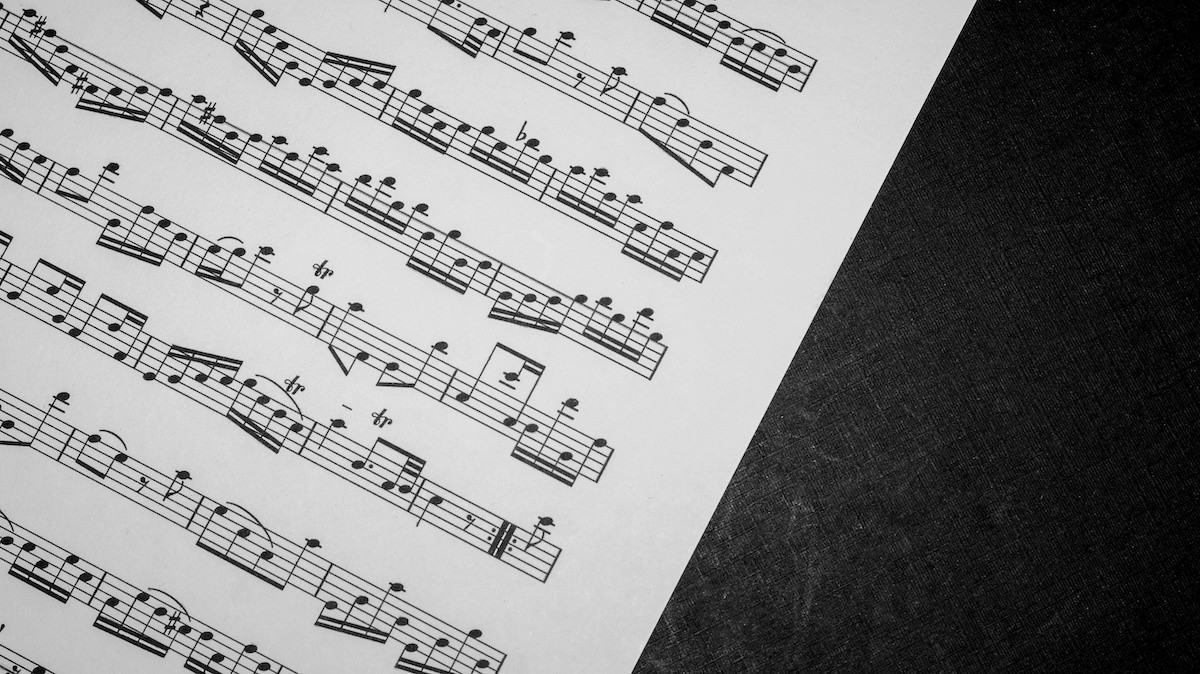Guide to Accents in Music: How to Play 5 Types of Accents
Written by MasterClass
Last updated: Jun 7, 2021 • 2 min read
An accent mark is a form of music notation that conveys the style in which a note should be played.
Learn From the Best
What Are Accents in Music?
In music, an accent is a marking on a musical score that indicates how the musician should play the note in the context of a larger phrase. Just as the written English language uses italics, underline, and bold-faced type to convey emphasis, musical articulation marks provide similar information about how a note should be played—particularly as it relates to the preceding and following notes. Musical accentuations are common in all styles and genres, from Classical-era composers like Mozart and Haydn to jazz arrangements by Duke Ellington and Count Basie.
3 Categories of Accents in Music
Musical accents instruct players to give special emphasis to particular notes. These accent marks appear directly above or below a note head on a piece of sheet music. Any single note value can accommodate an accent, from whole notes to sixteenth notes and beyond. Accents can also occur in any time signature and any musical key. Musical accents fall into three main categories:
- 1. Dynamic accents: Dynamic accents indicate that a single note should be louder than the other notes around it. Sometimes this type of accent is known as a "stress accent."
- 2. Agogic accents: An agogic accent indicates that a note is emphasized by being longer in duration than the other notes around it.
- 3. Tonic accents: In music theory, a tonic accent occurs when a note stands out for its higher pitch compared to notes around it.
5 Types of Accent Marks in Music Notation
The most common accents in music notation are marcato, staccato, staccatissimo, tenuto, and a wedge-shaped accent mark that is simply known as "accent."
1. Accent: This wedge-shaped horizontal accent mark is simply called an "accent." It is the default marking that composers and arrangers use to indicate a strong emphasis on a note. These strong accents often fall on the downbeat (first beat) or the third beat of a measure, but in a piece with heavy syncopation, such accents may fall on any quarter note, eighth note, sixteenth note, etc.
2. Staccato: A staccato note is marked with a simple dot above or below the note head. It indicates that the player should cut the note short to provide a brief silence before the subsequent note. If you see an eighth note with a staccato accent, you shorten the note so that it's not quite as brief as a sixteenth note but shorter than your standard eighth note.
3. Marcato: A marcato is a wedge-shaped vertical accent mark. It comes from the Italian word for "hammered." A note with a marcato accent should be as loud as one with a standard accent and as short as a staccato note.
4. Staccatissimo: Depending on the style of the music you're playing, you may or may not encounter a staccatissimo. This type of accent indicates a note that is cut off even faster than it would be with a staccato accent. Some classical composers use the staccatissimo, but many composers simply opt for the standard staccato in all cases.
5. Tenuto: A tenuto mark is the opposite of staccato. It indicates that a player should take care to play the full value of a single note. For instance, if you see a half note with a tenuto mark above it, be sure to let it ring for the full half-note duration before moving on to the next note.
Want to Learn More About Music?
Become a better musician with the MasterClass Annual Membership. Gain access to exclusive video lessons taught by musical masters, including Sheila E., Timbaland, Itzhak Perlman, Herbie Hancock, Tom Morello, and more.
